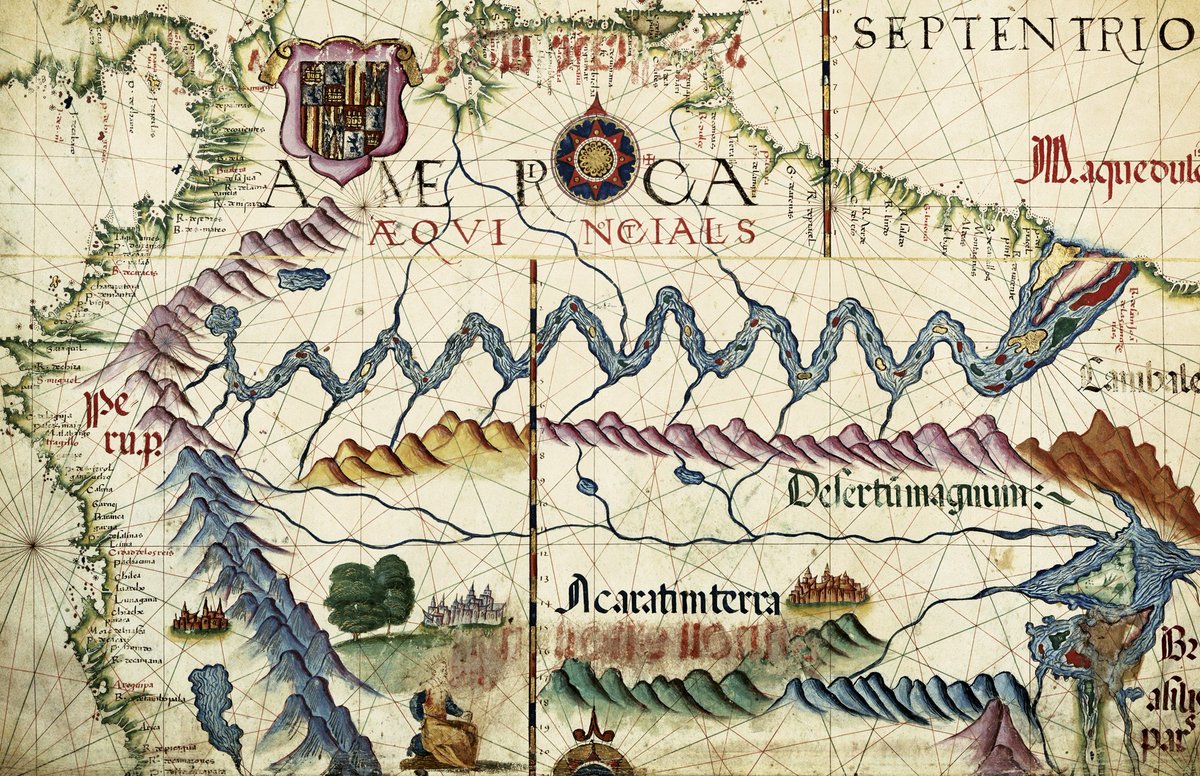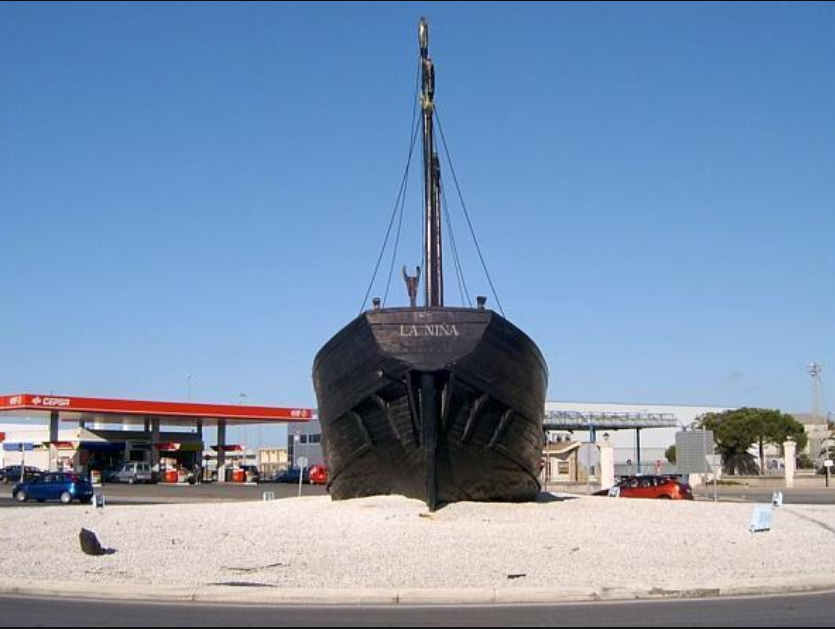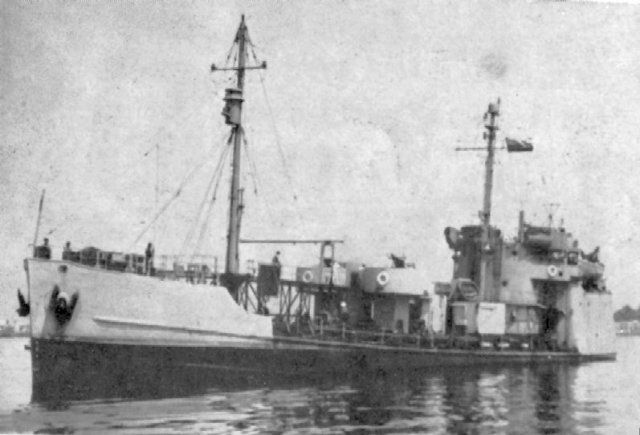
On this day in 1542, the Spanish military expedition of Francisco de Orellana arrived at the mouth of the Amazon River. He thus became the first Spaniard to discover the Amazon rainforest and discover the longest and most abundant river in the world.
#RespectHispanicHeritage
#RespectHispanicHeritage

Orellana arrived in America at the age of 16, with Francisco Pizarro. He participated in the control of the Inca Empire in 1532 and in the conquest of Peru (1535). In addition, he founded and governed the Ecuadorian city of Guayaquil from 1538 to 1540.
#RespectHispanicHeritage
#RespectHispanicHeritage

In 1540 he participated in the expedition that was to find the Country of Cinnamon and El Dorado. They did not succeed, but Orellana was given the mission to find food. He was the only one who knew the indigenous languages of the area.
#RespectHispanicHeritage
#RespectHispanicHeritage

After navigating the Amazon basin, through today's Ecuadorian tributaries, they found the cacique of Aparia. Despite initial tension, they were greeted with food. There Orellana set up camp for his men while waiting for Pizarro.
#RespectHispanicHeritage
#RespectHispanicHeritage

What Orellana did not know was that he was in the basin of the Amazon, the largest river in the world. After a long wait, 0rellana ceased to be Pizarro's lieutenant, as his men legitimized him as chief by vote.
#RespectHispanicHeritage
#RespectHispanicHeritage

In their Amazonian odyssey, Orellana's men traveled through previously uncharted waters. Gaspar de Carvajal, chronicler of the expedition, mentioned in his writings some "warrior women" who accompanied the Indians with whom they had to fight.
#RespectHispanicHeritage
#RespectHispanicHeritage

In August 1542 they managed to get out of the river. They traveled, according to Carvajal, 7,500 km in the Amazon, unknown until then to the Spaniards. Orellana returned to the Amazon by 1545; this time with less success, as he died there in 1546.
#RespectHispanicHeritage
#RespectHispanicHeritage

To learn more about the story of Francisco de Orellana, you can read this article on our blog: hispaniccouncil.org/francisco-de-o…
#RespectHispanicHeritage
#RespectHispanicHeritage

• • •
Missing some Tweet in this thread? You can try to
force a refresh



















